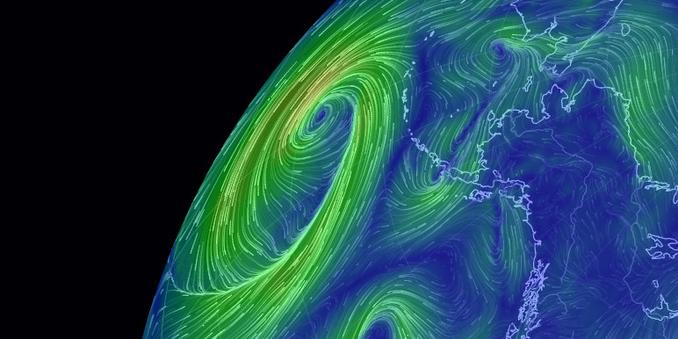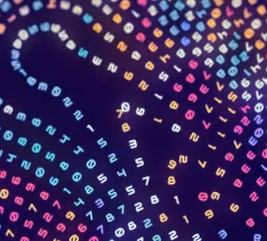very cool. This is what happens when you take the green tint filter off of the matrix. :)
Can feel this one in my back.
Apparently having anxiety attacks all day long CAN trigger my visual to tactile synesthesia
That is gooooooorgeous! I love when it jumps to a tight frame of the motion.
This is your last chance. After this there is no turning back. You take the blue pill, the story ends, you wake up in your bed and believe whatever you want to believe. You take the red pill, you stay in Wonderland, and I show you how deep the rabbit hole goes… Remember, all I’m offering is the truth, nothing more…
Neo: What's in the pill?
Morpheus: LSD, mostly.
Gorgeous!
@ylegall nice!
is there some programmatic relationship between the colors? or just colors you liked?
@ylegall whoa that's pretty!
My first glance thought was "looks like a cell". For that, it would be cool to have all characters be A/T/C/G
@lritter Thanks, the software I'm using (Houdini) has some nice utilities.
For example, Houdini provides a "copy to points" operation which can transform arbitrary geometry onto points with attributes to control orientation, scale, etc. so it is essentially building a 4x4 matrix to transform vertices.
In a previous comment, the algorithm for building the isolines is described. I‘m guessing that the points of a line are then converted to curve primitives and evenly resampled using Houdinis „resample“ node. Houdini easily allows you to assign a value „u“ along a curve ranging from 0 (start) to 1 (end). This value can be used to look up the global xyz-position for a point at „u“ along the curve. Incrementing „u“ for every point moves it along the curve.
@mmby @jungkopf @aeva @ylegall spanning and rectifying the b-spline itself is closed form, yes, can also just be linear, but grouping and connecting the points is not something you can do in a single pass compute shader. if it were, the isolines could indeed even be animated.
if you built a pseudo-distance field from isolines, snapped random points to the roots and had them flock together (attempt equal spacing along tangent, take same direction of travel), that could work in realtime.
Are these closed graphs projections from the plane onto a sphere or are they artifacts of some in-sphere process?
I didn't use projection in this one. I gave an basic break down of the approach in another comment.

